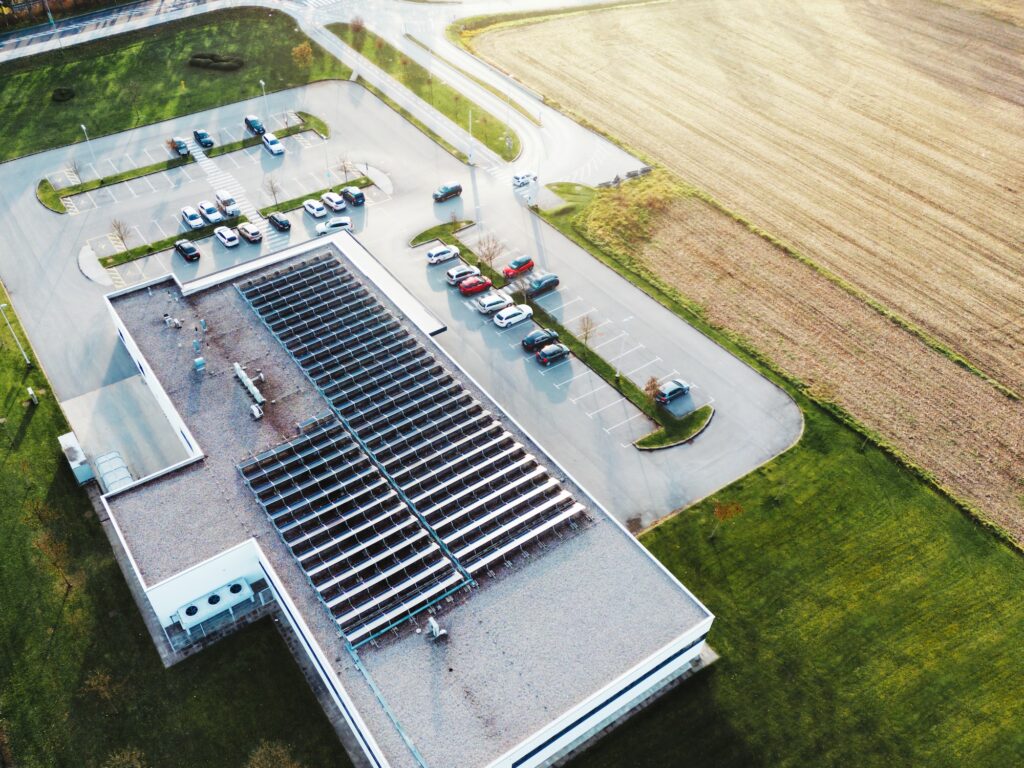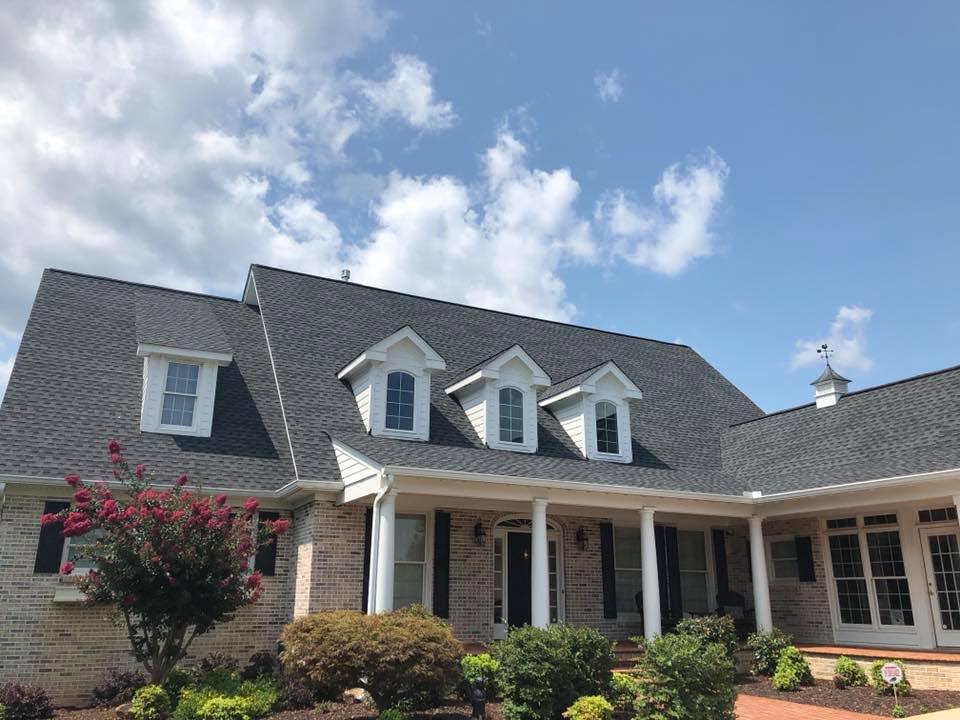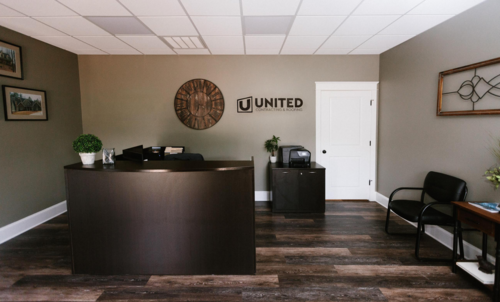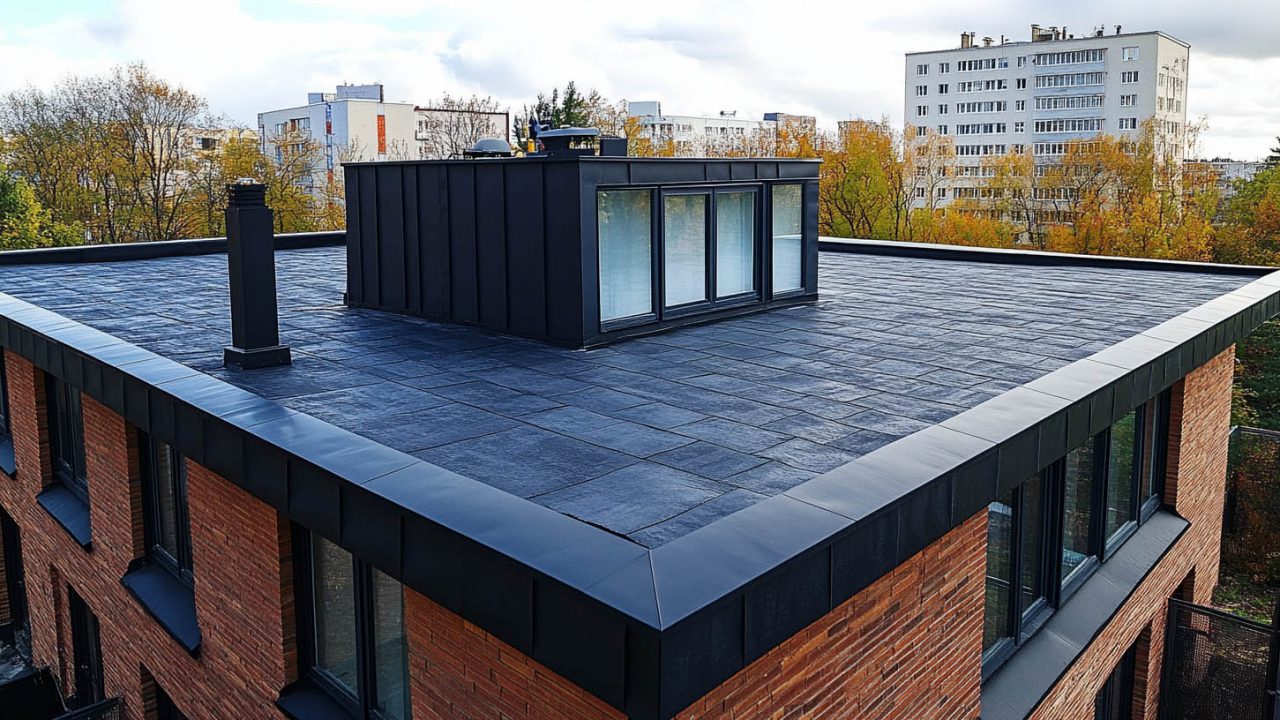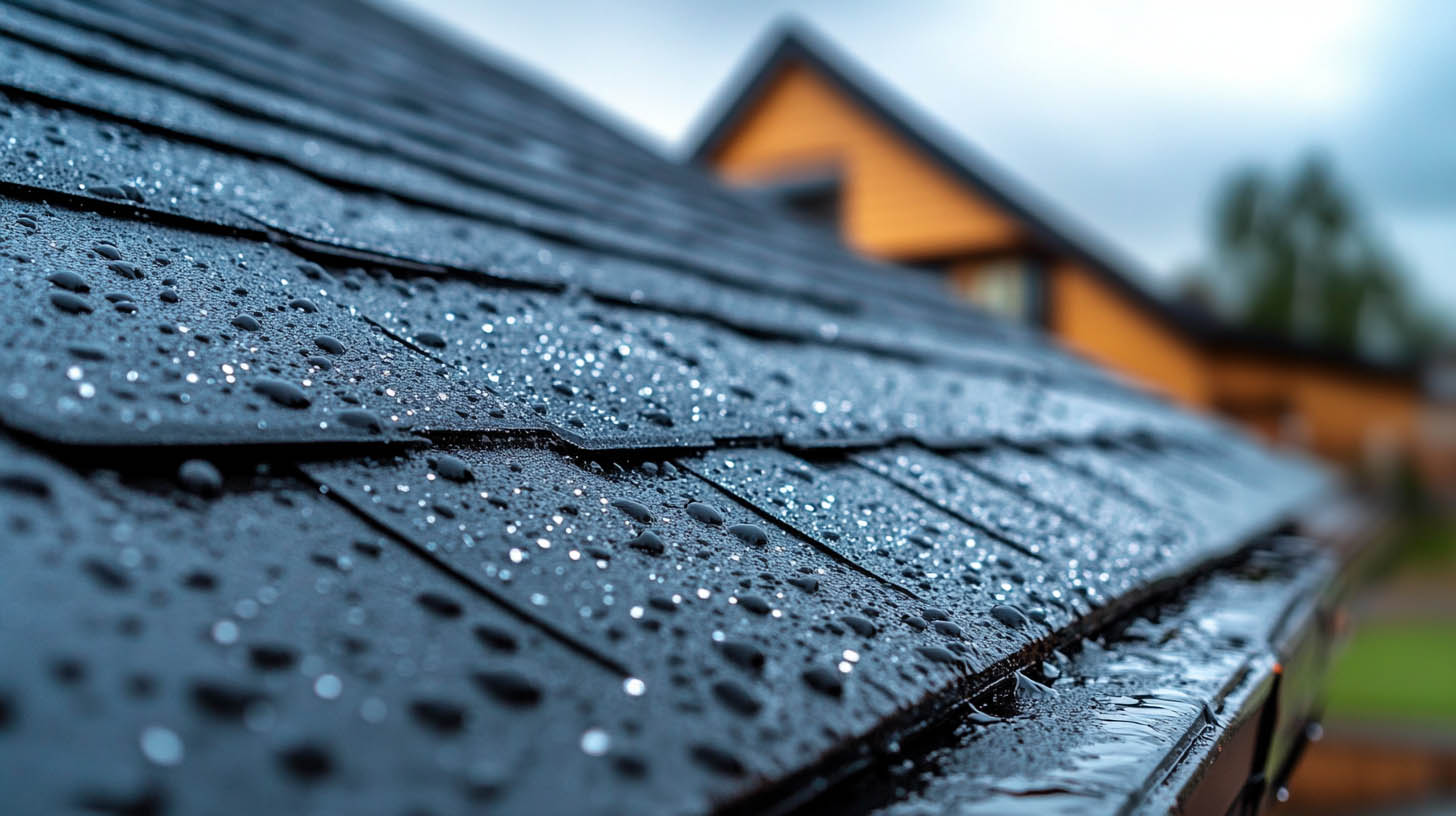United Contracting & Roofing LLC in Greenville, SC, offers expert insights into the frequent issues associated with flat roofing. Understanding these problems can help in maintaining and extending the lifespan of your commercial roof.
Pooling Water
Causes and Risks
Flat roofs are designed with a slight slope to aid drainage, typically a quarter of an inch per foot. However, various factors can cause water to pool on the surface:
- Building Settlement: Structural shifts can create dips.
- Material Wear: Over time, roofing materials can degrade, leading to uneven surfaces.
The National Roofing Contractors Association defines ponding as water standing on a roof for more than 48 hours after precipitation. This standing water can:
- Weigh Down the Roof: A 20×20 foot area with 1 inch of water adds 2,000 pounds, increasing collapse risk.
- Cause Leaks: Standing water is more likely to penetrate seams and penetrations such as HVAC units or vents.
Solutions
- Drainage Adjustments: Roofing specialists can modify the roof to improve drainage.
- Roof Replacement: In severe cases, replacing the roof with a more effective drainage system may be necessary.
Loose Seams or Flashing
Issues with Seams
Seams are vulnerable points in flat roofing systems. Common problems include:
- Material Weakness: EPDM and TPO are installed in large sheets, but their seams can still fail. PVC seams are more durable due to heat-welding.
- Leak Risks: Loose seams can lead to significant leaks.
Flashing Problems
Flashing protects the edges of the roof and penetrations from water and wind damage. Issues include:
- Temperature-Induced Expansion: Asphalt expansion and contraction can loosen flashing.
- Wind Damage: High winds can dislodge flashing.
Maintenance Tips
- Regular Inspections: Check for loose seams and flashing during inspections.
- Timely Repairs: Re-seal seams and replace damaged flashing to prevent leaks.
Buckling and Cracking
Causes
Flat roofs may consist of single membranes or large material pieces. Over time, structural shifts can cause:
- Buckling: Excessive movement can cause the roof to buckle, indicating the need for replacement.
- Cracking: Pressure from structural shifts or worn materials can lead to cracks.
Solutions
- Replace Buckled Roofs: Buckling requires complete roof replacement.
- Repair or Replace Cracked Sections: Depending on the severity, cracks can be repaired or the section replaced.
Commercial Roof Replacement
Material Lifespan
Different materials have varying lifespans:
- Built-Up Roofs (BUR) and Modified Bitumen: Last 10-20 years.
- Single-Ply Materials (EPDM, TPO): Can last up to 20 years with regular maintenance.
- PVC Roofing: May last up to 30 years.
Signs of Replacement Need
- Alligatoring: Asphalt roofs losing elasticity, cracking, and bubbling.
- Blisters, Cracks, Punctures, and Splits: Common in single-ply materials over time.
Maintenance
Regular maintenance and timely repairs are crucial. Plan ahead for roof replacement within the material’s recommended lifespan. Expert installation and maintenance can prevent many common issues.
Conclusion
Understanding and addressing the common problems with flat roofing can help maintain the integrity of your commercial roof. Regular inspections, timely repairs, and choosing the right materials are key to ensuring your roof lasts for decades. Trust United Contracting & Roofing LLC for expert solutions and maintenance services.For more information on Tropical Roofing Products: Key Features and Benefits, click here.

